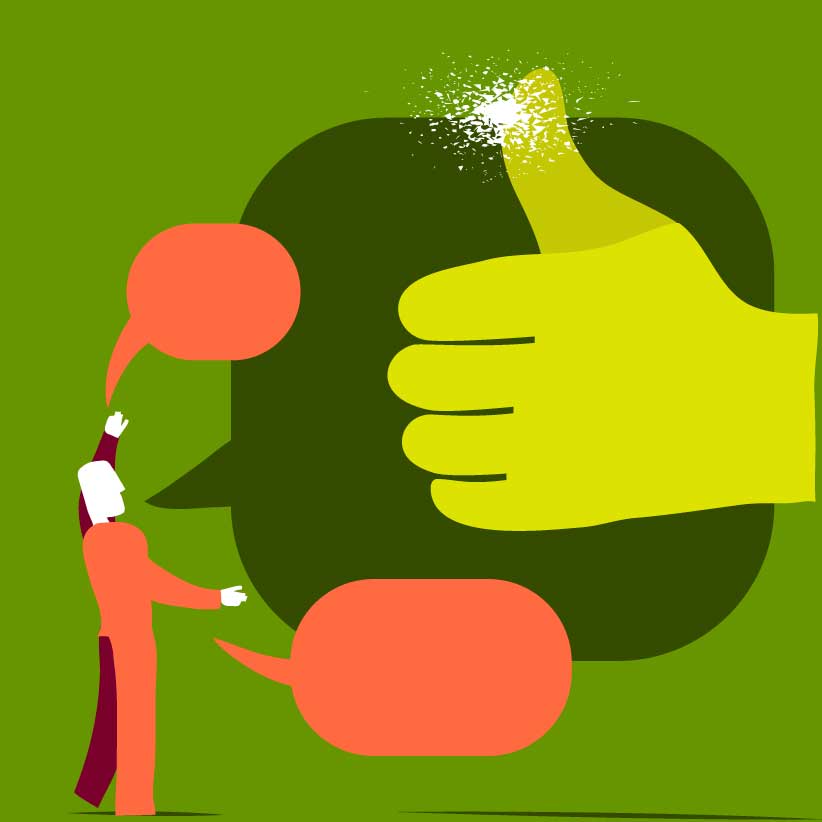Planned Obsolescence
Design should no longer respond to market interests anymore, but to the human needs that as a global community we have created as time goes by.
Espacio de Opinión
- Comments:
- 2
- Votes:
- 2
- ES
We are in a moment on history where men's life has been reduced to serve the market and economic laws. The state where the goal was to achieve a common asset, has ended long time ago. As the documentary “Comprar, tirar, comprar” (Buy, throw, buy) of the spanish television channel TVE says, our society is being dominated from a growing economy whose logic is to grow; not in order to satisfy necessities, just grow. This business logic at service of the market has not only made us forget of striving for our own good, but also the good of the planet on which we are living.
We, as designers, arquitects, artists and professionals of many knowledge areas, have the duty, not the option, to re-establish responsible thoughts for the society and the world of which we are a part of. As Nicolás Bourriaud said, the forefront at this “petty bourgeois” time is just limited to transmit a reality “without opening fields”, “the troop has stopped, afraid around a field of certainties.” The artist must apprehend the transformations, get and transmit what he has changed and what he keeps changing while he projects what he should change. The art of design should not be limited to transmit a reality, is not only of learning to live in this world, is a matter of wanting to build it creating “standards of action”, tending to an “interstice”, which means creating spaces for human relationships where interchange possibilities are provided. This interchange must “run from the imposed”, harmoniously integrating in an open way a global system.
The definition of planned obsolescence appears around the 5o's as a way of making the consumer feel the need of going out and buy new things and throw or resell the old ones. That, which now in an euphemism the design and engineering schools call “product lifetime”. This birth generated a whole environmental and social impact that ended on what nowadays we can can see: high levels of contamination (especially in underdeveloped countries), market policies that only benefit the managers and the increasingly discomfort of the costumers tired of being victims of the particular interests of some.
My goal is not precisely to point and blame for the actual wave of waste and junk those people that gave life to this productive method. It would not be right cause the worldview at that time was the vision of a world full of sources that needed to reactivate the economy in order to survive. But I do actually feel the need of pointing the absurd horror that produces the retention of these policies in the actual society with exhausted sources and saturated of personal and economic interests of the high classes. As well can be understood on the text of Barrera and Quiñones “Fundamentos históricos del diseño con responsabilidad y pertinencia social” (Historical foundations of design with responsibility and social relevance), since the 70's, more or less, design theorists have tried to aware the people who are part of this progress wheel (designers, engineers, arquitects, advertisers, etc.) that is not only important to answer the needs of fashion and novelty, but that these banalities should not have supremacy over the basic human necessities as the economical, phsycological, spiritual, technological and intellectual needs of each place and socio economical reality on which they act. Design must always be an honorable design that tends to find a place in the environment on which it acts, not the other way around. It has to respond to human needs as teaching, helping the disabled, experimental investigation and, above all, the environmental design focused to maintain human life in balance with nature. “The function of the objects are to help the people to improve their relationship with the environment…” said Barrera and Quiñones when they talk about a text of André Ricard.
Relational aesthetics also touches this subject on the text of Bourriaud when he says that art must get rid of the individualism of the moment that seeks the satisfaction of individual necessities, cause human essence is really the integration of social relationships, is not a person alone among the people. There has to be work on searching the empathy of people by interacting with others, looking for meeting points or common points. The particular experiences of the artist can produce effects on other people, merging ideas and hopes, the artist must try to find “the look” of the other. Is needless to say that here I understand the vision of Bourriaud not only from the artistic aspect, but also as a way of acting and doing in different areas of knowledge.
But if the theorists have been striving to make us think in this particular subject, What's happening with us that we are still being victims of mercantilism and individual interests of industries? Simply, the industrialized and dehumanized production is so rooted in our society that the monetary interests of big industries have achieved to survive even after almost forty years of honorable and sustainable design theories . Even though the schools intend or not to teach the young designers the importance of sustainable and honorable design, the society is already fixed on a concept that prefers money rather than thinking on the environment and future. Era of awareness has ended, these are times of action, both from ourselves and the high levels of the state.
And, How are we planning to generate this common action in order to generate significant acts for the benefit of the world on which we are living and for ourselves? Well, going back to the relational aesthetics of Nicolás Bourriaud, in the first place, we must know the world that surrounds us, get involved in it, and not in the unhealthy way we have been doing it for ages, wrongly believing that we are the dominant species and because of that everything around belongs to us. We must appropriate of the world but in a sense of belonging to it, of understanding our existence not as a parasitic where we absorb everything of the world without giving nothing in return, but as a existence in a perfect balance, of active relationship and mutual necessity in order to get to transmit that world while transmitting its possible evolution, avoiding the manipulation produced by the commercial side and consumism, creating in the observer a will of serving the humanity, and an enthusiasm for a positive transformation of the environment, conjugating all the knowledge disciplines with social responsibility. The artists are not that far from designers, nor the designers from the advertisers, arquitects, engineers, sociologists, doctors, anthropologists, lawyers or journalists; we are all linked in one way or another by invisible roots that join us to the earth that gave us life and saw us grew.
People of this era, must have an opened mind for change, transmitting that mind to the observer motivating on him a positive change that helps him to dedicate himself to the relational interacting with other worlds, other manners and ideologies with social sensibility. Must create conscience in order to generate changes for community and worlds benefit.
And then we go back to our first question: How are we planning to generate this common action in order to generate significant acts for the benefit of the world on which we are living and for ourselves? Well, simply we must search solutions to a same problem from the different points of view that our diverse careers has gave us in a communal effort. As the old protest phrase says: “The people united will never be defeated”. Much less if it is a cult people, armed with the gift that has gave us the power for ages, reason.
Formación Especializada
Complementa tu visión con formación estructurada. Nuestros cursos aportan las herramientas técnicas y estratégicas que el mercado actual exige.
Ver Oferta AcadémicaComparte
Por favor, valora el trabajo editorial utilizando estos enlaces en lugar de reproducir este contenido en otro sitio.

Bibliography:
- Bourriaud, Nicolás. Estética Relacional. Adriana Hidalgo Editora. Traducción de Cecilia Beceyro y Sergio Delgado. Buenos Aires:2008.
- Barrera, Gloria Stella y Quiñones, Ana Cielo. Fundamentos históricos del diseño con responsabilidad y pertinencia social. Pontificia Universidad Javeriana. Bogotá:2009.
- Comprar, tirar, comprar, Cadena de televisión TVE, al aire 9 de enero de 2011.
Topics covered in this article
What do you think?
Your perspective is valuable. Share your opinion with the community in the discussion.
Comment now!



